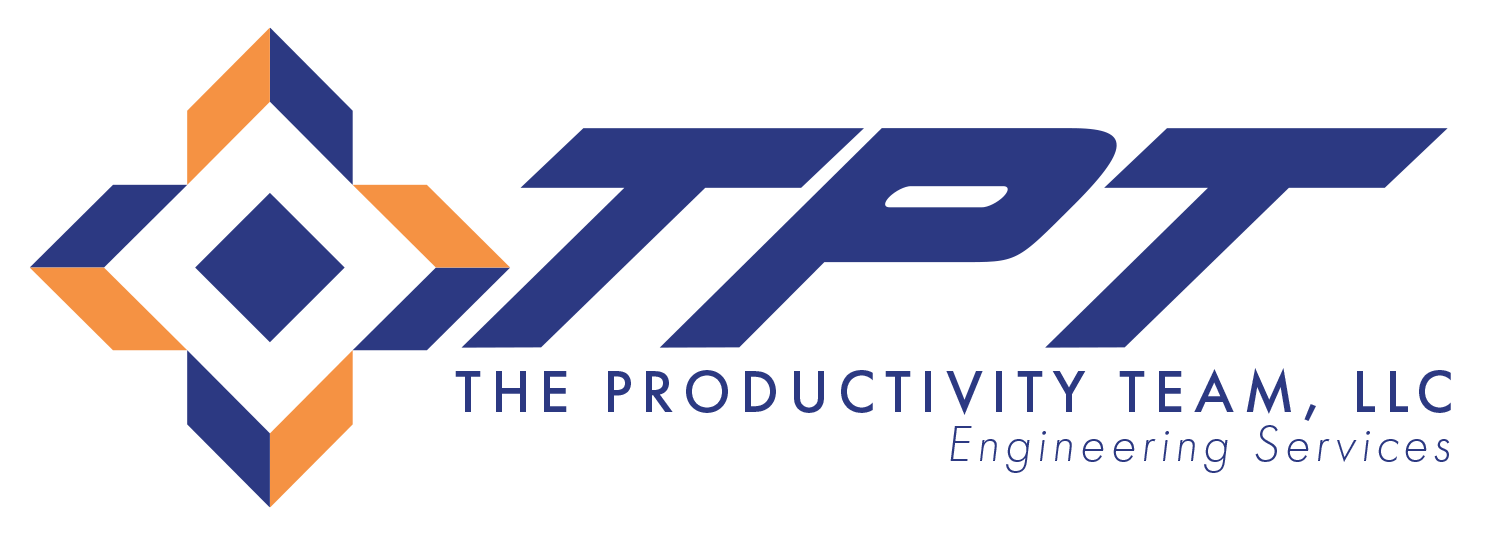Layout development plays a crucial role in the success of manufacturing operations. A well-designed layout not only maximizes space utilization but also enhances productivity, reduces material handling costs, and improves overall workflow. In this blog post, we will delve into the key principles of layout development and how to design spaces that optimize efficiency and functionality.
Understand Your Processes and Workflow
The first step in layout development is to thoroughly understand your manufacturing processes and workflow. This involves analyzing the sequence of operations, identifying bottlenecks, and determining material handling requirements. By gaining a comprehensive understanding of your processes, you can design a layout that minimizes travel distance, reduces the risk of errors, and streamlines operations.
Focus on Space Utilization
Effective space utilization is essential for a successful layout. This means maximizing the available floor space while ensuring smooth flow of materials and personnel. Consider factors such as aisle width, equipment placement, and storage areas when designing your layout. By optimizing space utilization, you can create a more organized and efficient working environment.
Implement Lean Manufacturing Principles
Incorporating lean manufacturing principles in your layout development can greatly improve efficiency. By eliminating waste and promoting continuous flow, a lean layout can help reduce lead times, minimize inventory, and enhance overall productivity. Key aspects of lean layout development include workstation consolidation, minimizing material handling, and implementing cellular manufacturing.
Incorporate Flexibility and Scalability
A flexible and scalable layout is essential for accommodating changes in product demand or manufacturing processes. By designing a layout that can easily adapt to new requirements, you can ensure that your facility remains efficient and productive even as your business evolves. Consider modular equipment, easily reconfigurable workstations, and scalable storage solutions when planning your layout.
Prioritize Safety and Ergonomics
Safety and ergonomics are critical components of an effective layout development. By designing a layout that promotes safe work practices and reduces the risk of accidents, you can create a healthier and more productive work environment. This involves considering factors such as clear signage, proper lighting, and ergonomically designed workstations.
Conclusion
Layout development is a vital aspect of manufacturing operations that can significantly impact efficiency, productivity, and overall success. By understanding your processes, focusing on space utilization, implementing lean manufacturing principles, incorporating flexibility and scalability, and prioritizing safety and ergonomics, you can design spaces that optimize functionality and performance. If you’re looking to improve your facility’s layout or need assistance with other manufacturing consultations, don’t hesitate to contact The Productivity Team. Our experts are ready to help you transform your operations for the better.
Embrace these layout development principles to create a manufacturing environment that not only meets your current needs but is also ready to adapt to future challenges.
Contact Us to Learn More About TPT
TPT is the leading provider of facility planning and engineering services. Contact us today to speak with one of our planning and engineering specialists.
